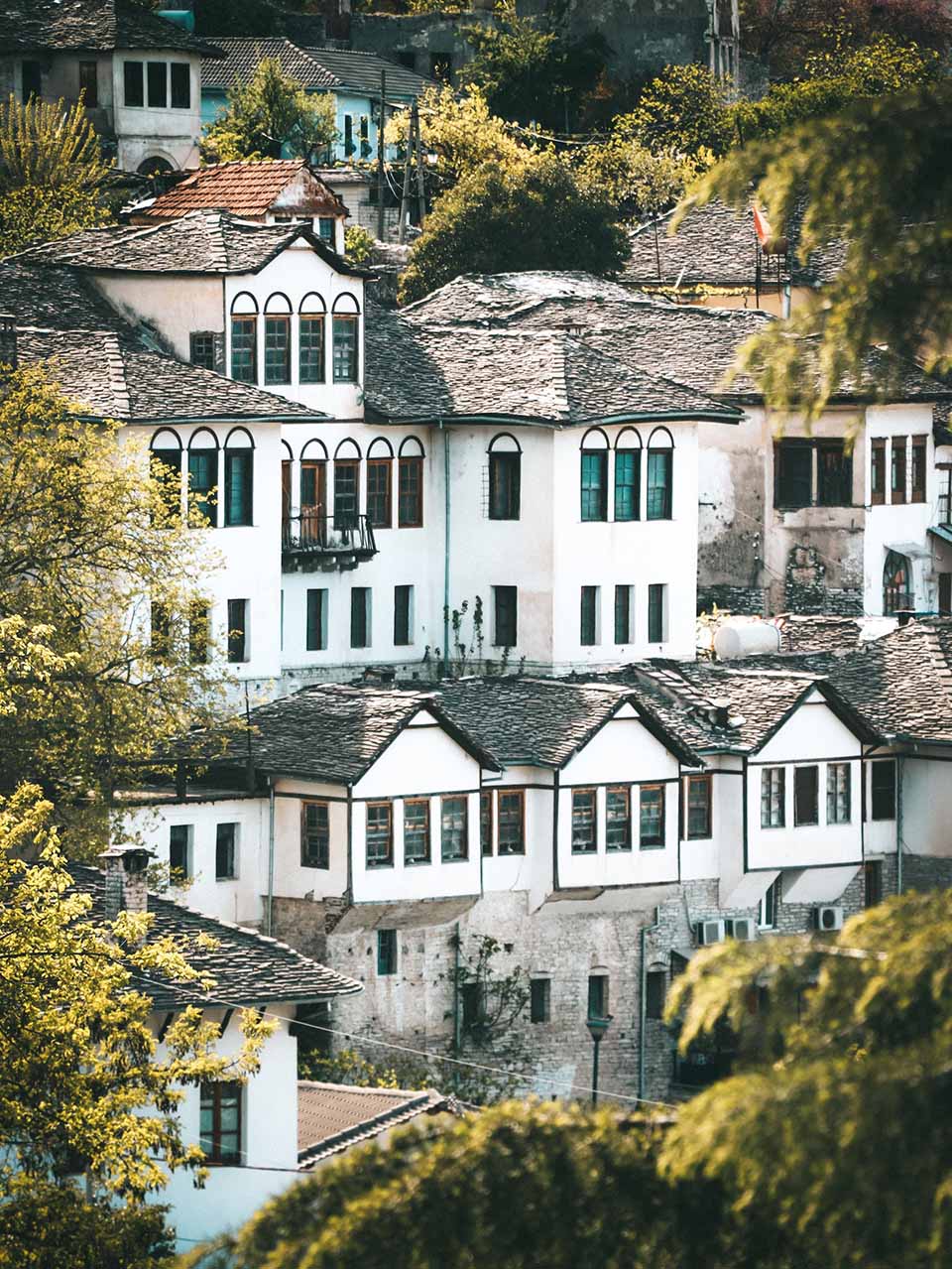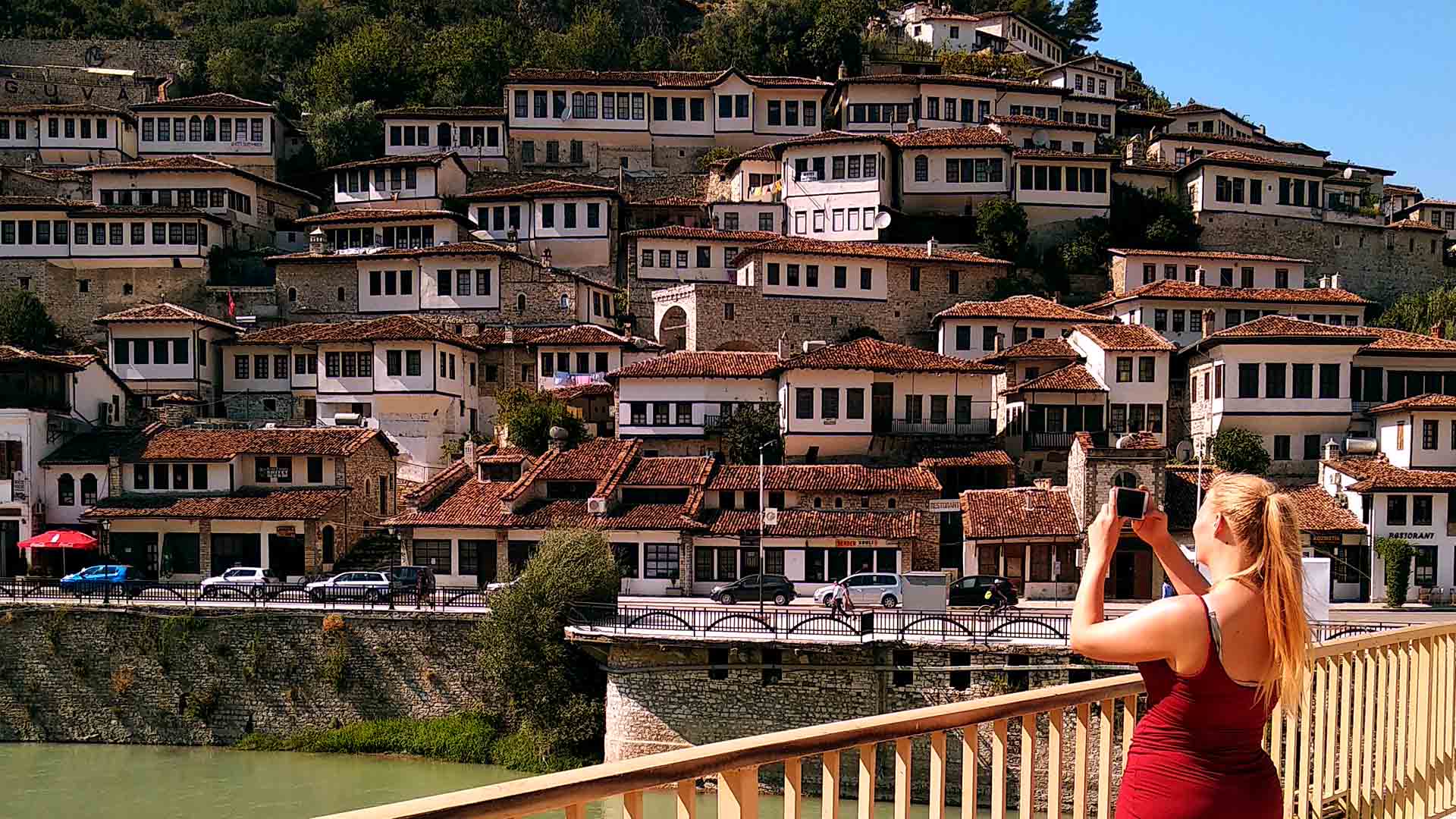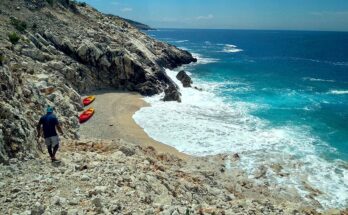The archaeology and early history of Gjirokastra as a settlement are mostly unknown. Pottery dating to the 5th–2nd centuries BC, 5th–7th centuries AD, 9th–10th centuries, and 12th–13th centuries has been found as a result of archaeological investigations inside the castle. The earliest of these phases also revealed traces of huge block-built walls, showing that there was a sizable fortress on this side of the Drino river in the pre-Roman era around 168 BC.
Along the valley sides between the Greek states to the south and the Illyrians to the north, the site would have coexisted with other fortified communities. Antigoneia, a Classical and Hellenistic city founded by Pyrrhus, the greatest of the Epirus rulers, is located just across the valley (318-272 BC). Later on the wide plain, Hadrian (AD 76–138) established Hadrianopolis (Sofratika), a title that is still used to refer to the river and region.
This was established to unite the inhabitants of the nearby towns, including Melan, Lekl, Antigoneia, and others. A small Roman theater and a large and severely looted cemetery can be seen on the slopes of the western valley sides, where the majority of the city is buried beneath the heavy river silts.
To be continued…



